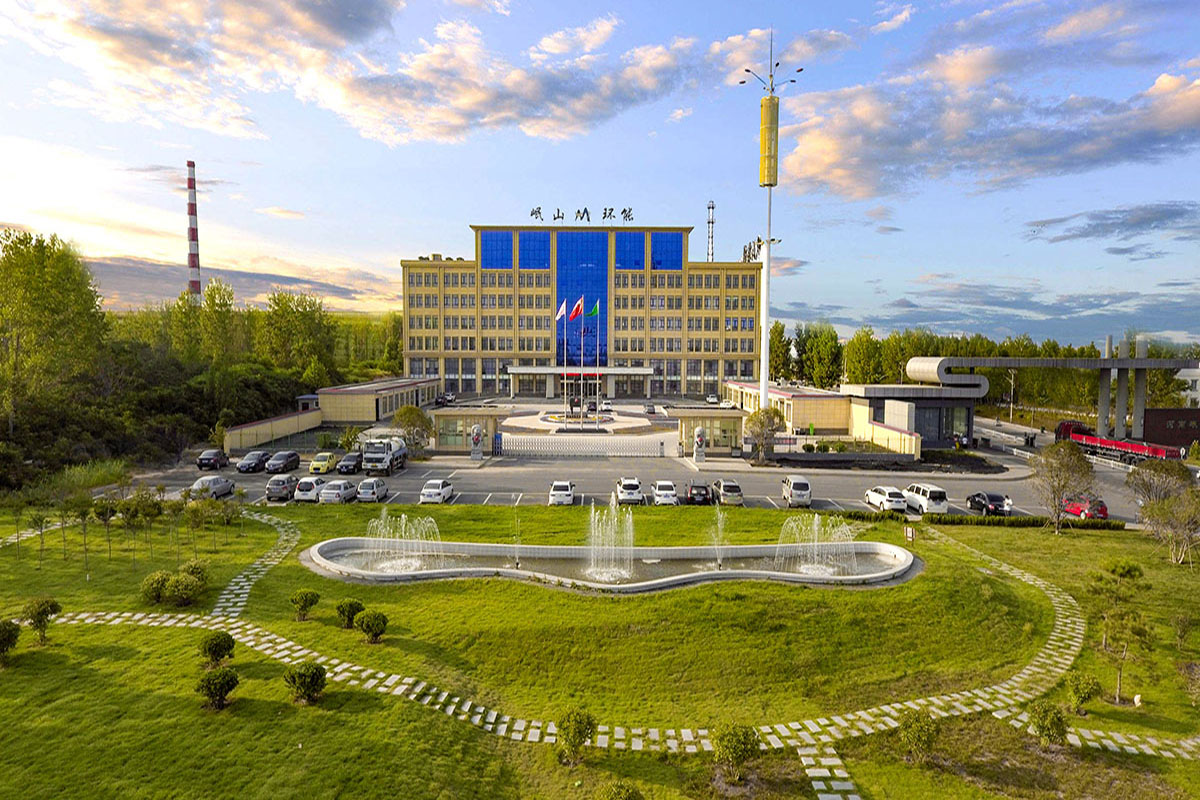1、 Classification of non-ferrous metals:
Nonferrous light metals (8 types): aluminum, magnesium, potassium, sodium, calcium, strontium, barium, titanium.
Nonferrous heavy metals (10 types): zinc, copper, nickel, mercury, cadmium, tin, lead, cobalt, antimony, bismuth.
Precious metals: gold, silver, platinum, palladium, iridium, etc
Rare light metals: lithium, rubidium, cesium, beryllium.
......
Nonferrous metals and their alloys play a crucial role in modern production. Currently, over 80% of the elements in the periodic table are metallic.
The English translation for non-ferrous metals is "Nonferrous Metals", which corresponds to the English translation for ferrous metals.
Ferrous Metals, literally translated as iron-based metals, refers to a collective term for three metals: iron, manganese, and chromium. Non ferrous metals "is a general term for metals other than iron, manganese, and chromium.
According to the definition of "non-ferrous metals" in "Da Ci Hai", all metals in the periodic table except for "non-metallic" elements and the three black metals "iron, chromium, and manganese" are considered non-ferrous metals.
Nonferrous light metals (8 types)
In "Da Ci Hai", "light metals" are defined as "generally referring to metals with a relative density of less than 5. They can be divided into two categories: non-ferrous light metals and rare light metals. The former includes aluminum, magnesium, calcium, sodium, titanium, potassium, strontium, etc., while the latter includes lithium, beryllium, rubidium, cesium, etc."
According to the definition of "light metals" and the conventions and practical applications of the non-ferrous metal industry, eight metals including aluminum, magnesium, calcium, sodium, titanium, potassium, strontium, and barium are classified as "non-ferrous light metals".
Colored heavy metals (10 types)
Copper, cobalt, nickel, lead, zinc, cadmium, bismuth, tin, antimony, mercury.
In "Da Ci Hai", "heavy metals" are defined as "metals with a relative density greater than 5, such as copper, cobalt, nickel, lead, zinc, cadmium, bismuth, tin, antimony, mercury, niobium, tantalum, tungsten, molybdenum, etc." According to this definition, all metals can be divided into two categories: heavy metals and light metals.
But in heavy metals, although niobium, tantalum, tungsten, molybdenum and other metals have a relative density greater than 5, they belong to the category of heavy metals. However, considering that niobium, tantalum, tungsten, molybdenum and other heavy metals have the characteristics of both rare metals and refractory metals, they can be further classified. Therefore, referring to the definitions of "light metals" as "non-ferrous light metals" and "rare light metals", copper, cobalt, nickel, lead, zinc, cadmium, bismuth, tin, antimony, and mercury are separately classified as "non-ferrous heavy metals" to distinguish them from other heavy metals.




